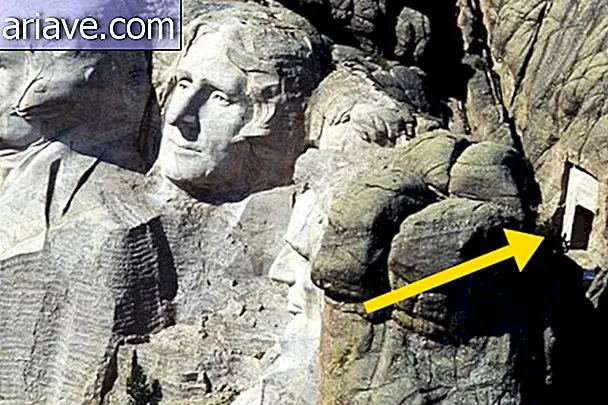Did you know that the Big Bang theory was originally proposed by a priest?
As you know, the Big Bang theory is the most widely accepted today to explain the origin of the universe - and therefore of all that exists. So it seems counterintuitive that it was originally proposed by a deeply religious man. A priest Catholic. Apostolic and Roman!
Well, dear reader, although many people believe that Religion and Science cannot go together, the one who outlined the Big Bang theory was Belgian Georges Lamaître, who, besides being a priest, was an astronomer and professor of physics at the Catholic University of Louvain. (1834-1968 - later it was dismembered and converted into two other universities), one of Belgium's most respected educational institutions.
Remarkable Resume
Lamaître was born in the middle of 1894, and it was during high school in a Jesuit college that he began to think about following religious life - and developing a strong interest in science. But before becoming a teacher (and priest), he served in the Belgian army during World War I, graduated in Civil Engineering and completed a doctorate in mathematics.

The Belgian only joined the seminary in 1923, after completing his studies and, after being ordained as a priest, he went to study astronomy at both the University of Cambridge, England, Harvard University and also at MIT - Massachusetts Institute of Technology - both in the US. In fact, it was around this time that he completed a second doctorate.
Shady Studies
In fact, the first suspicions that the cosmos is expanding arose around 1917, after Albert Einstein applied his famous General Theory of Relativity to the universe as a whole.
When he did this, the German physicist realized that his equations indicated that space was expanding or contracting - and that's when he included the "cosmological constant" with the whole thing to create a constantly static, unchanging, and equally sized model of the universe. Einstein later admitted that he was wrong, and in 1922 it was Russian scientist Alexander Friedman's turn to resume German calculations and develop his own equations.

Then, in 1927, the Catholic priest decided to publish a study in which he presented his own solutions to Einstein's equations. Lamaître proposed that there is a relationship between the distance of a galaxy and what in physics is known as “redshift, ” that is, how light waves behave relative to the relative velocity between an emitting source. case, the galaxy) and an observer.
Basically, the farther a galaxy is from us, the more the light emitted by it tends to the spectrum of red - or low frequency -, and Lamaître argued that on her trip to Earth, the light emitted by a galaxy varied in same frequency as the expansion of the cosmos. Moreover, according to him, the longer the journey made by light, the greater the expansion of the universe and thus the greater the redshift.

The priest supported his findings in studies by other renowned scientists, as well as in galaxy distance measurements conducted by Edwin Hubble and Milton Humason, but no one read the study! In the end, Einstein approved of Lamaître's calculations, and some time later other researchers - Hubble himself included - came to the same conclusions as the Belgian, even without knowing his work.
Interestingly, because Lamaître's publication was not known at the time, Hubble came to fame years later on the discovery that the universe is constantly expanding - so much so that the relationship between redshift and the distance of a galaxy became known as the "Hubble Law".
At first there was nothing ...
Lamaître was not shaken by the fact that his publications were not incredibly popular at the time and continued to develop his theories. Then, in 1931, he proposed that the universe originated from a single quantum. According to the priest, the cosmos must have been incredibly small when it appeared and that it was a "finite" thing at birth.
Of course, at first, this theory - put forward by a Catholic priest - was met with a bit of skepticism by the scientific community. After all, the idea of a beginning where there was nothing was very close to the emergence of everything described in the Bible. To make matters worse, Pius XII, the Pope of the time, used Lamaître's proposal to go out saying that it confirmed the description of the creation present in the book Genesis.

Lamaître gently denied the pontiff's allegations, claiming that his proposal was merely a scientific theory. But his idea took off after Albert Einstein said it was the "most beautiful and satisfying explanation for creation" he had ever heard. The theory of the genius Catholic priest was not confirmed until 1964, with the discovery of cosmic microwave background radiation, which is nothing more than residual radiation from the Big Bang.
The priest only learned that his theory of the origin of the universe had been confirmed in 1966. Unfortunately, Lamaître was in hospital recovering from a heart attack - and died only two weeks later. The Belgian has always defended his ideas with conviction and fervor and never sought personal fame. He has received several awards and titles in recognition of his work and is proof that Science and Religion can have a relationship of mutual respect.
* We would like to thank our reader Matheus Campos for the suggested agenda. Thanks, Matheus!











